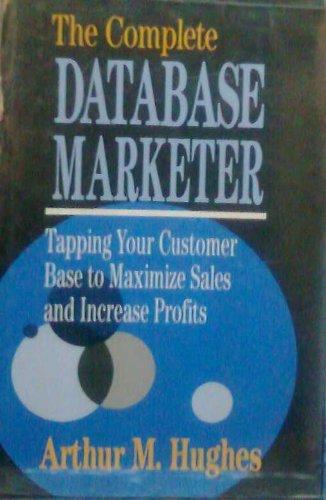Answered step by step
Verified Expert Solution
Question
1 Approved Answer
Simple Calculator using verilog Consider a simple calculator that accepts inputs from 1 to 5 . The calculator can do the following operations: 1 .
Simple Calculator using verilog Consider a simple calculator that accepts inputs from to The calculator can do the following operations: Addition, Multiplication, and Subtraction. Initially the calculator is in its idle mode. The flow should be as follows: Assign numbers to to the push buttons on the FPGA board as depicted in Fig. Fig Push buttons as a keypad The user needs to enter the first operand fo and the number will be displayed on the first seven segments disp The user needs to enter the second operand so and the number will be displayed on the second seven segments disp Then, the user needs to select one of the operations: Addition or Multiplication or Subtraction. The result should be displayed on the seven segments disp and disp If the user selects subtraction and the result is a negative value, then an LED indicator N should be asserted, and the absolute value of the result should be displayed on the seg. Note that, sComplement must be used for subtraction. CntrUnit: To lower down the FPGA internal clock to Hz FSMLockUnit: The FSM that controls the calculator operation. DispUnit: It accepts the binary data for seven segment displays and decode and display them using time division multiplexing. SW: These switches from FPGA board are used to select the operator. PB: These push buttons from FPGA board are used to enter the operands. Fig Push buttons as a keypad
Step by Step Solution
There are 3 Steps involved in it
Step: 1

Get Instant Access to Expert-Tailored Solutions
See step-by-step solutions with expert insights and AI powered tools for academic success
Step: 2

Step: 3

Ace Your Homework with AI
Get the answers you need in no time with our AI-driven, step-by-step assistance
Get Started


